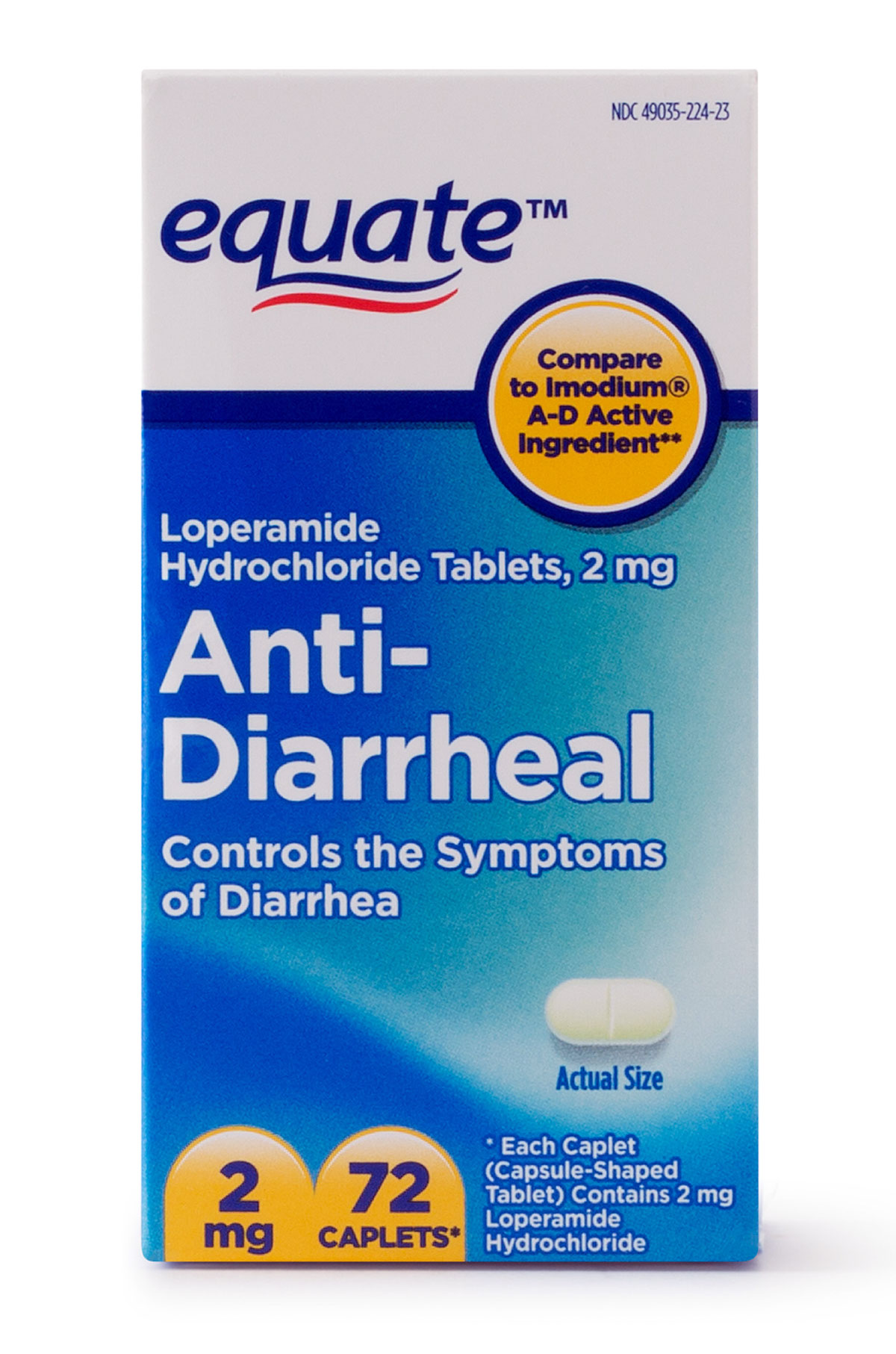FDA Looks At OTC Loperamide Packaging To Curb Opioid-Related Abuse
This article was originally published in The Pink Sheet
Executive Summary
Ingredient in J&J's Imodium and numerous OTC generics acts on opioid receptors in the gut to slow movement in the intestines and decrease bowel movements, but dosing at much higher than recommended amounts can lead to serious problems including severe heart rhythm problems and death.
FDA is responding to an emerging threat that is an offshoot from the opioid abuse epidemic by suggesting single-dose packaging for OTC loperamide, an anti-diarrhea drug some people are using in significantly high dosages to prevent withdrawal symptoms.
Commissioner Scott Gottlieb said he also will ask online sellers of loperamide "to take voluntary steps to help us address this abuse issue."
The ingredient available OTC in Johnson & Johnson Consumer Inc.'s Imodium A-D and numerous private label and story brand products acts on opioid receptors in the gut to slow movement in the intestines and decrease bowel movements. Serious adverse events reported included severe heart arrhythmia and death.
"Some consumers may take much higher than recommended doses of loperamide to produce euphoric effects and to prevent opioid withdrawal," said FDA's Center for Drug Evaluation and Research In a statement to the Pink Sheet.

Walmart's Equate brand loperamide is among the OTC products that FDA suggests should be offered in single-dose packaging and in containers with fewer doses.
CDER said that people abusing loperamide for a euphoric effect or prevent opioid withdrawal often are taking 50 to 100 tablets per day rather than the recommended dose of one to 8 tablets, each containing 2 mg. Some take high doses along with other drugs to increase loperamide levels in the brain.
FDA on Jan. 30 said it is working with manufacturers to use blister packs or other single-dose packaging that could impede consumers from using more than the indicated dose. The agency also is suggesting that firms limit the number of doses in packages of loperamide. Most OTC loperamide tablets, including softgels, are in 12- to 72-count packages.
"Today we sent letters to the OTC manufacturers requesting that they implement changes consisting of packaging limitations and unit-of-dose packaging," Commissioner Scott Gottlieb said in a same-day statement. "We asked the manufacturers to take the necessary steps to implement these changes in a timely fashion to address these public health concerns," Gottlieb added.
Additionally, loperamide abuse requires large quantities of the drug and it often is done by purchasing large bottles, which currently are the predominant package size. "We know that many of the bulk purchases of these large volumes are being made online through major online web retailers," the commissioner stated, adding, "The new packaging should help make limits on sales more easily achieved."
The Consumer Healthcare Products Association said manufacturers have not been required to make the packaging changes. The trade group said "manufacturers are working with FDA to consider additional abuse prevention methods such as reducing pack sizes and using single-dose packaging such as blister packs for loperamide."
OTC loperamide marketers contacted with questions on FDA's announcement declined to comment.
Spike In Adverse Events
Loperamide has been available Rx since 1976 and OTC since 198, including in liquids at 1 mg dosage. However, reports of adverse events have spiked with the spread of opioid abuse as CDER says most reports of serious heart problems caused by high dosing of the drug have "occurred in the last several years."
Overall through 2015, FDA received 48 reports of serious heart problems associated with use of high single doses of loperamide; 31 events resulted in hospitalizations and 10 were fatal.
FDA previously issued a Drug Safety Communication about the ingredient abuse in 2016m when it had firms add warnings about serious heart problems to the drug label of Rx loperamide and to the Drug Facts label of OTC products. (Also see "Loperamide Abuse Triggers Look At Potential Label Warning" - Pink Sheet, 13 Jun, 2016.)
After a Department of Veterans Affairs psychiatrist responded to the 2016 announcement with a citizen petition advocating Rx-only status for loperamide, CHPA in 2017 suggested to FDA that a change in access would unfairly limit access for millions of consumers who use OTC versions safely. (Also see "Making Imodium Rx-Only No Help On Curbing Opioid Abuse – CHPA" - Pink Sheet, 14 Sep, 2017.)
FDA's announcement about increasing reports of intentional misuse of OTC loperamide leading to serious adverse events came the same day it published a revised opioid Risk Evaluation and Mitigation Strategies education blueprint with a notable change requiring sponsors of opioids with REMS to provide education to health care providers beyond prescribers, including pharmacists and nurses. (Also see "Opioid REMS Revisions Reflect Some, Not All, Stakeholder Concerns" - Pink Sheet, 31 Jan, 2018.)
The OTC packaging outreach also comes as FDA makes stemming the abuse of opioid drugs a focal piece of its 2018 strategic policy plan. The eight opioid-related items in the plan the agency published in January include re-examining and modernizing its framework for evaluating pre- and post-market safety of opioid products based on risk and benefit considerations and finalize policy to enable OTC availability of naloxone, an opioid antagonist indicated for complete or partial reversal of opioid overdose, including respiratory depression. (Also see "Opioid, NME, And Generic Drugs Changes Plotted In US FDA's 2018 Policy Roadmap" - Pink Sheet, 24 Jan, 2018.)
An OTC naxolone would be an intranasal product, the format emergency services personnel prefer to use. Multiple injectable naloxone generics are available Rx in the US for use by medical professionals and emergency personnel, and two other Rx products in some states are available to consumers: the Evzio auto-injector currently marketed by kaleo Inc. and Adapt Pharma Ltd.’s Narcan nasal spray. Harm Reduction Therapeutics Inc. is taking a nonprofit approach to a naloxone OTC switch for helping prevent opioid-related deaths, which number around 100 daily in the US. (Also see "Nonprofit Pharma Targets Making Naloxone Available OTC, Trimming Price" - Pink Sheet, 13 Dec, 2017.)
[Editor's note: Thank you for reading this article. To improve the content and delivery of our products, we would love to speak with you about your role and content needs. Sign-up here, and we will contact you to set up a 30-minute chat. As a gesture of appreciation, you can select one of 10 Pharma Intelligence special reports (valued up to $7,500) that we will send you FREE of charge.]
